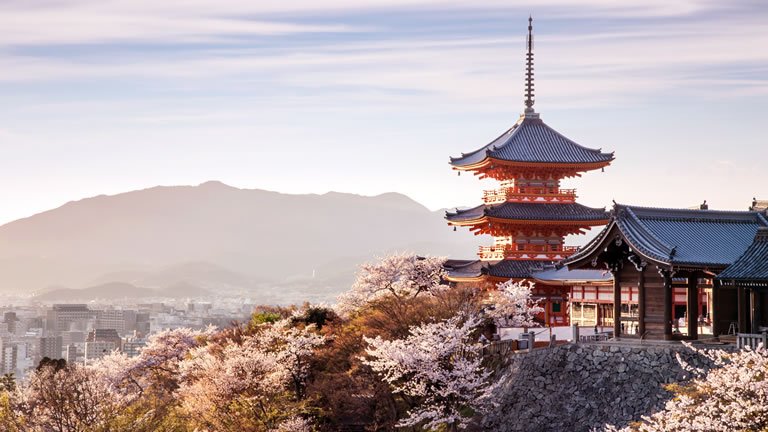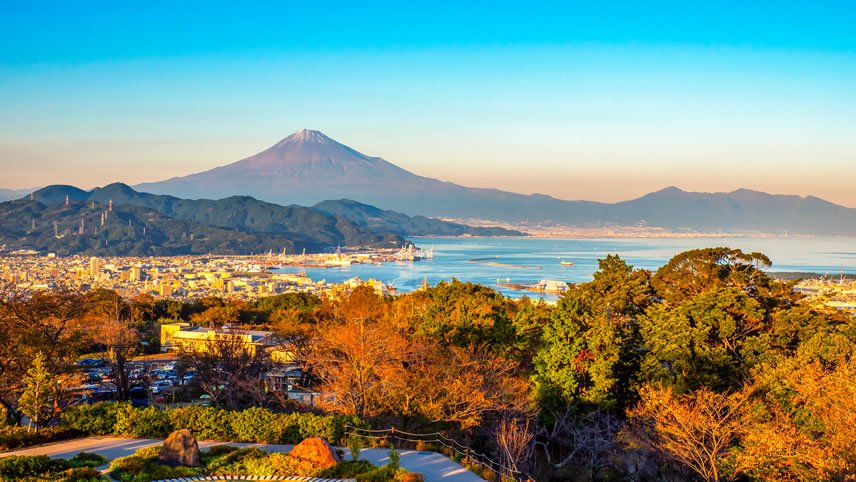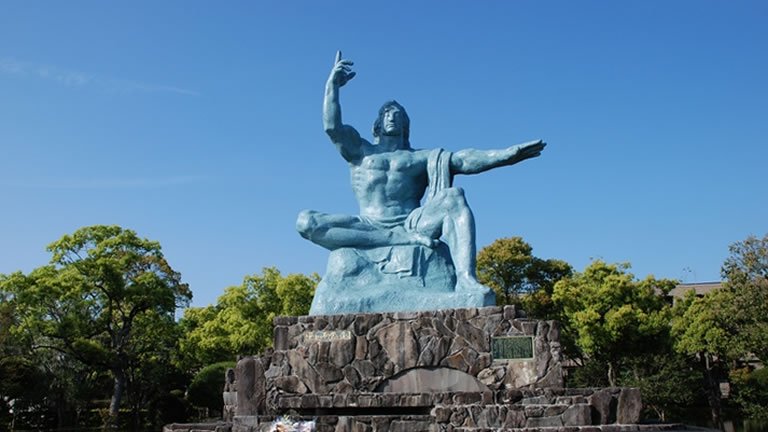Overview
Cruise Itinerary
Seoul is rich with history and futuristic charm, and makes a perfect day trip when making a port of call in South Korea.
Embrace the culture at historical sites like the Gyeongbokgung Palace, built during the Joseon dynasty in 1395. Wander through the bustling markets of Insadong and indulge in authentic Korean cuisine like tteokbokki (spicy rice cakes) and bibimbap (mixed rice with vegetables and meat).
Dive into the world of K-Pop, a global cultural phenomenon. Explore entertainment districts like Gangnam, visit K-Star Road in Apgujeong, and consider catching a live performance or visiting a themed cafe.
Ships will dock in Incheon (40km/24mi away, 30 minutes away by car).
Incheon is a vibrant port city in South Korea, with ships docking at the Incheon International Cruise Terminal. The terminal itself offers excellent facilities, including duty-free shops and local crafts.
Incheon serves as the port of call and gateway to the city of Seoul, the capital of South Korea, and is just over 40km/24mi away (just over 30 minutes away by car).
If staying local, discover Incheon's unique charm by exploring its historic sites like Chinatown and the Incheon Grand Park. For a taste of the local cuisine, wander through the bustling markets and sample delicacies like Jajangmyeon and Dakgangjeong.
Often called the 'Island of the Gods,' Jeju island a volcanic island off the coast of South Korea is home to some of the Korean Peninsula's most beautiful natural sites is renowned for its unique natural landscapes, including the Hallasan Mountain, a dormant volcano and the highest peak in South Korea.
The island's diverse attractions range from beautiful beaches like Hyeopjae and Hamdeok, to the mysterious Manjanggul Lava Tube, a UNESCO World Heritage site.
Jeju's rich cultural heritage is evident in its local cuisine, traditional Haenyeo (female divers) culture, and folk villages, making it a fascinating destination for those seeking both relaxation and adventure.
Nagasaki, situated on the northwest coast of Kyushu, Japan, holds a profound historical significance, famously known for being the site of the second atomic bomb drop during World War II. Today, the city is a symbol of peace and resilience, with the Peace Park and Atomic Bomb Museum providing moving insights into the events and aftermath of 1945.
Beyond its historical sites, Nagasaki enchants with its unique blend of Japanese and Western cultural influences, seen in its architecture and local cuisine. Glover Garden showcases exquisite colonial-period homes, offering views over the picturesque harbour. The city's steep slopes and narrow streets add a charming layer to its scenic tram rides, making Nagasaki a captivating destination full of history and beauty.
Kagoshima lives in the shadow of Sakurajima, an active volcano that last erupted in 2016. In addition to being the capital of the Kagoshima Prefecture in Japan, the city is home to ancient castles and traditional Japanese Gardens that delight locals and visitors alike.
Top Things to Do in Kagoshima:
- relax at Ibusuki Onsen, the local hot springs
- hike to one of the many volcano observation points
- taking a tour of Shochu Brewery for sake tastings
- enjoy a traditional Japanese tea ceremony
The unforgettable city that was the first ever target of an atomic bomb, Hiroshima has emerged from its tragedy as a vibrant and thriving community. Now known as the 'City of Peace', it is a bustling metropolis dotted with leafy parks, ancient shrines and traditional castles standing next to modern skyscrapers. Ships will dock at the Port of Hiroshima.
Top Things to Do in Hiroshima:
- walk through the Peach Memorial Park
- visit the UNESCO site, Itsukushima Shrine
- explore the Mazda Museum
- admire the Hiroshima Castle and Gardens
Begin your visit with a trip to Kochi Castle, one of Japan’s few original castles, offering panoramic views of the city. Head to Katsurahama Beach, famous for its scenic views and the statue of Sakamoto Ryoma, a revered samurai and national hero. For a taste of local cuisine, try Katsuo no Tataki, a seared bonito dish. Visit the Makino Botanical Garden to enjoy a diverse array of plants and tranquil walking paths.
Kyoto, Japan's former imperial capital, is renowned for its classical temples, traditional wooden houses, and beautiful gardens. Begin your exploration at Fushimi Inari Shrine, famous for its thousands of red torii gates. Next, head to Kinkaku-ji, the Golden Pavilion, a stunning Zen temple whose top two floors are completely covered in gold leaf.
For a taste of traditional culture, visit the Gion district, where you might glimpse geishas in their exquisite kimonos. Don’t forget to indulge in Kyoto’s renowned cuisine, including matcha-flavored treats and kaiseki, a multi-course dining experience.
Osaka's Tempozan Cruise Terminal is located about 15 km (9 miles) from Osaka city center, a 30-minute drive. Kyoto is roughly 60 km (37 miles) away.
If you're planning on exploring Osaka begin your visit with the iconic Osaka Castle, surrounded by lush gardens perfect for a leisurely stroll. Nearby, the Umeda Sky Building provides stunning panoramic views from its Floating Garden Observatory. For a taste of local cuisine, head to Dotonbori, a lively district renowned for its street food, neon lights, and the famous Glico running man sign. Don't miss Kuromon Ichiba Market, where you can sample fresh seafood and other local delicacies. Cap off your day with a visit to the tranquil Shitenno-ji Temple, one of Japan's oldest Buddhist temples, offering a serene escape in the heart of the city.
Nagoya, located in the heart of Japan’s Aichi Prefecture, is a hub of automotive and technological innovation, home to industry giants like Toyota. The city's rich history is encapsulated in the iconic Nagoya Castle, rebuilt with modern techniques while preserving its historical facade. The castle grounds bloom with cherry blossoms in spring, drawing visitors for both their beauty and historical significance.
Culturally, Nagoya is distinguished by its unique cuisine, including hitsumabushi (grilled eel on rice) and kishimen (flat wheat noodles), which reflect the region’s culinary creativity. For those interested in technology and industry, the Toyota Commemorative Museum of Industry and Technology provides an insightful look into the manufacturing processes that shaped modern Nagoya and the global automotive industry.
Mount Fuji, Japan's most sacred volcano, stands at 12,388 feet and offers a mesmerizing landscape. Recognized by UNESCO as a "place and source of artistic inspiration," this snow-capped peak is a must-visit. Start with a trip to the Fuji Five Lakes region for breathtaking views and outdoor activities like hiking and boating.
Explore the cultural and spiritual side of the region at the Fujisan Hongu Sengen Taisha Shrine. Nearby, Oshino Hakkai, a traditional village with clear spring ponds and thatched-roof houses, offers a glimpse into Japan's past. For a picture-perfect view of Mount Fuji, visit the Chureito Pagoda, especially stunning in spring with cherry blossoms.
This port city is not just a gateway to Japan's iconic volcano but a treasure trove of experiences, from the bustling fish market of Shimizu to tranquil walks through lush green tea plantations. The allure of Shimizu lies in its ability to offer moments of Zen amidst the vibrancy of city life, inviting travelers to discover its rich culinary heritage, including the freshest sushi and sashimi, sourced directly from Suruga Bay. Cruise ships anchor at Shimizu Port, conveniently located approximately 10 kilometres (about 6.2 miles) from the heart of Shizuoka City.
Tokyo, Japan's bustling capital, offers an eclectic mix of tradition and modernity. Begin your adventure with a visit to the Asakusa district, home to the ancient Senso-ji Temple, Tokyo's oldest and most significant temple. Nearby, Nakamise Street is perfect for souvenir shopping and sampling traditional snacks.
For a panoramic view of the city, head to the Tokyo Skytree, one of the world's tallest towers. Shibuya Crossing, one of the busiest pedestrian intersections, is a must-see for its sheer scale and energy. To experience tranquility, visit the serene Meiji Shrine, nestled in a lush forest in Shibuya. Don't miss trying Tokyo's renowned sushi at Tsukiji Outer Market or exploring the vibrant Harajuku district for trendy fashion and unique cafes.
Life Onboard Norwegian Jade

Newly refurbished with a modern design and packed with activities, Norwegian Jade is ready to whisk you away on a trip of a lifetime. Read more

Feel free at sea with no fixed dining times, no pre-assigned seating, and the flexibility to follow your own schedule. Read more

Soothe your body and your mind with a workout or a wind down, sweat it out or find ultimate indulgence on Norwegian Jade. Read more

Dining on Norwegian Jade is all about choice. Dine inside or oceanside. Dress up, dress down. Start with dessert. It’s up to you. Read more

From top to bottom and from bow to stern Norwegian Jade is brimming with activities for every traveller. Read more

Enjoy a host of entertainment options from low key evenings to full scale productions on board Norwegian Jade. Read more
Availability Click on prices below to view cabin upgrades and details
Tour & cruises prices are per person. Prices shown have savings applied, are subject to availability and may be withdrawn at any time without notice. Pricing and trip details are correct at this point in time, however are subject to confirmation at the time of booking and are subject to change by Norwegian Cruise Line. For cruise itineraries, cabin images are sourced from Norwegian Cruise Line. These should be treated as indicative only. Cabin inclusions, upholsteries and room layout may differ to the image(s) shown depending on the ship selected and your sailing dates.



















